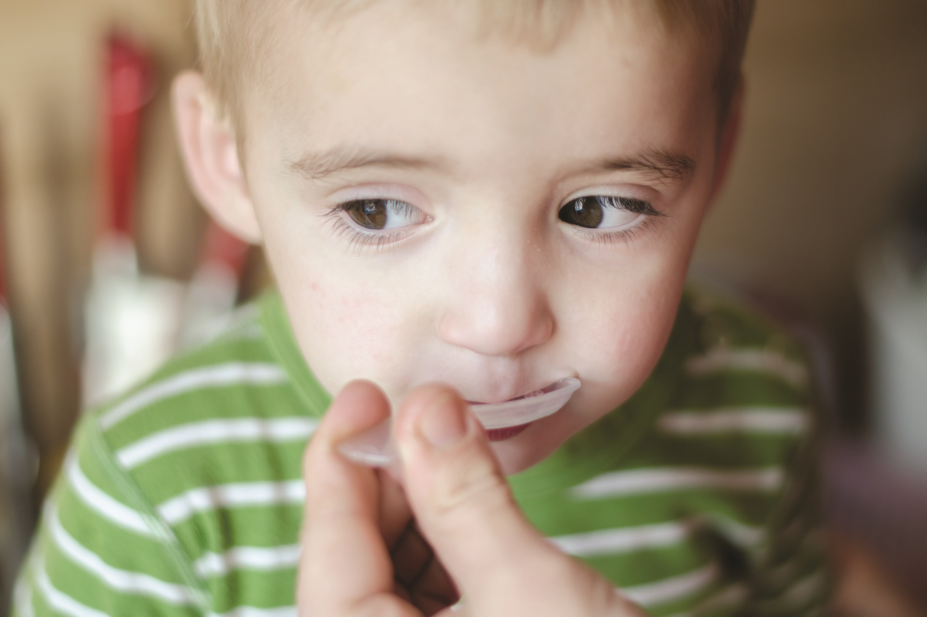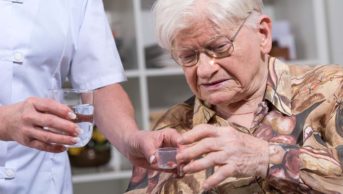
Shutterstock.com
Medication errors are the most common reason for safety incidents in children in primary care, results from a study of community healthcare settings in England and Wales show.
An international team of epidemiologists and medical statisticians analysed 2,191 safety incident reports from NHS 111, out-of-hours services, community pharmacies and GP surgeries. They found that 30% (or 658 cases) of the errors were “harmful”, including 12 deaths and 41 reports of severe harm.
The team also found that 674 incidents were medicine-related. Of these, 57% of these were dispensing errors in community pharmacies, 18% were administration errors (usually at home) and 10% were prescribing errors.
Children under one year old were most frequently involved in reported medication-related incidents, making up 19% of the total, and they were mainly being treated for epilepsy, asthma and infection), according to the study, published online in PLoS Medicine
[1]
(17 January 2017).
The data also showed that children with epilepsy were frequently dispensed the wrong dose of anticonvulsant (27 cases) or dispensed anticonvulsants with the wrong instruction labels (11 cases).
Among the types of treatments most frequently cited in reports of safety incidences were asthma inhalers with either the wrong dose (27 cases), wrong brand (18 cases), or the wrong inhaler medication (16 cases).
Other issues highlighted by the research included inadequate diagnosis and assessment of children, and failure of communication with and about the patient.
Around a third of medication-related incidents resulted in harm to the child including two deaths, six reports of severe harm and 64 of moderate harm, the researchers found.
Incidents of harm included admission to intensive care after a patient received the antipsychotic chlorpromazine rather than the antihistamine chlorphenamine, and increased seizure frequency after a patient was dispensed the wrong brand of lamotrigine, an anticonvulsant.
Despite children receiving most of their healthcare in the community, very little is known about how safe this care is, say the researchers, who believed their study to be the first systematic analysis of the problem.
Factors thought to have contributed to the errors included confusion over medicines with similar names, packaging or branding, and busy or distracting work conditions.
The findings highlight a number of opportunities to improve the safety of primary care for children, the researchers say, most notably safer, reliable medication dispensing systems and redesigned NHS 111 algorithms that are fit for pediatric purpose.
“Improved situational awareness in triage systems, a deeper understanding of communication failures between parents and primary and secondary care practitioners, and mandatory pediatric training for all general practice trainees are priority areas for redress,” they add.
Annemarie McGregor, professional support pharmacist for Royal Pharmaceutical Society Scotland, has been running workshops focusing on how pharmacy teams can use quality improvement to increase patient safety and to share good practice.
“We are trying to encourage a change of culture where it is a good thing to share and learn from that,” she said.
She said she would be keen to highlight the importance of both prescribing and dispensing errors to ensure checks are done at every stage from the minute the prescription comes through the door.
“We know these errors are out there so we need to think what are the small things we can do to reduce that,” she stressed.
References
[1] Rees P, Edwards A, Powell C et al. Patient safety incidents involving sick children in primary care in England and Wales: a mixed methods analysis. PLoS Medicine 2017. doi:10.1371/journal.pmed.1002217


